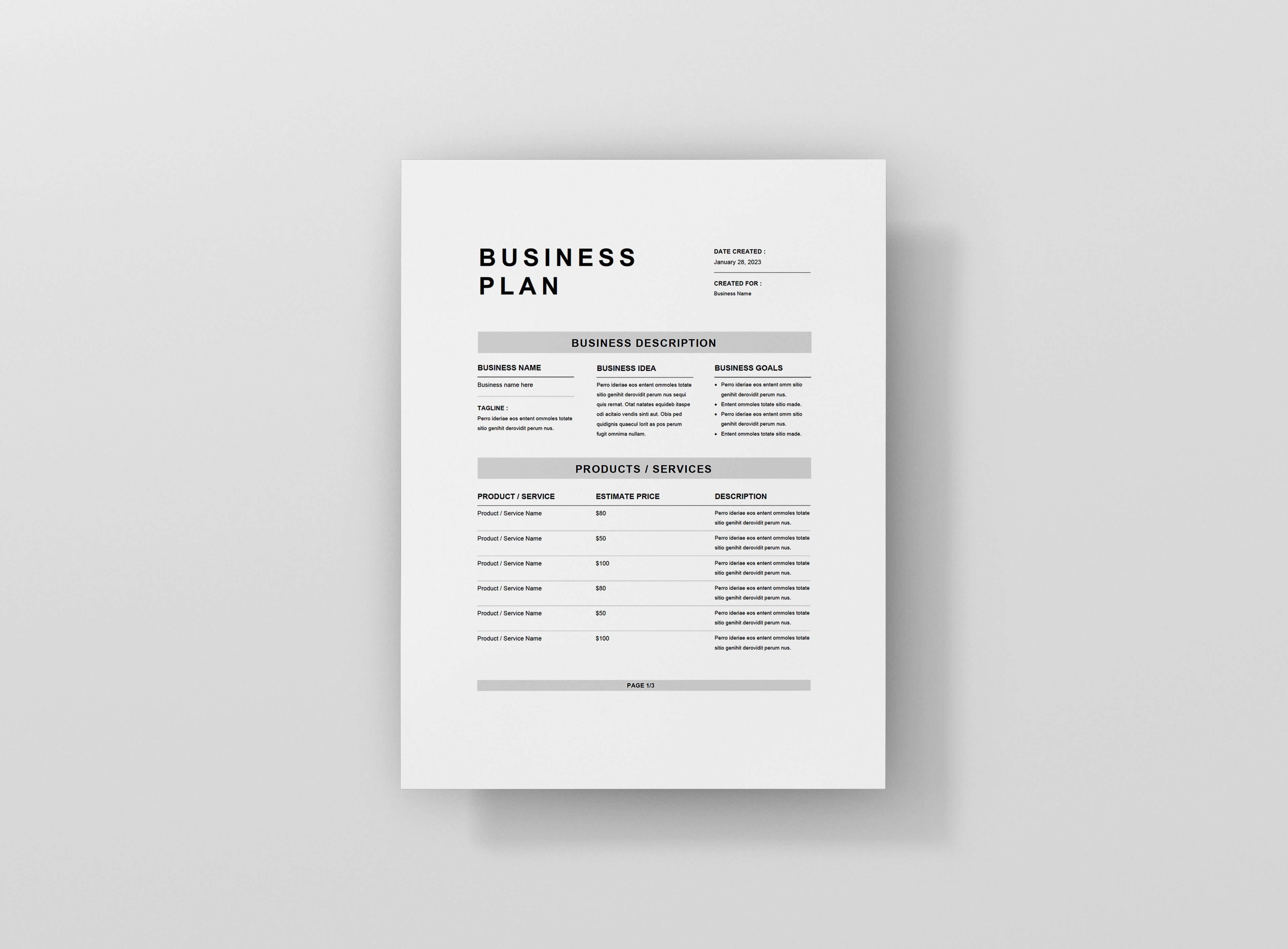For program managers, one of the key challenges is managing the complexities that arise from interdependencies between projects within a program. Recognizing and understanding these interdependencies is crucial for effective program execution, as it can impact everything from resource allocation to timeline adjustments. This blog provides a straightforward, methodological framework designed to help program managers, especially those who are relatively new to the field, to identify and manage these interdependencies efficiently.
Understanding Project Interdependencies
Before delving into the methodology, it’s important to understand what project interdependencies are. In the context of program management, interdependencies refer to the relationship between tasks, projects, or components where the outcome or execution of one depends on the other. These can be categorized into four main types:
- Resource-Based: Shared resources are required by multiple projects.
- Outcome-Based: The output of one project serves as an input or constraint for another.
- Temporal: The timing of one project impacts the timeline of another.
- Technical: Projects are linked by shared technologies or technical platforms.
Step-by-Step Framework for Identifying Interdependencies
Here’s a clear and structured way to map out and manage these interdependencies:
Step 1: Project Mapping
- Action: Begin by creating a comprehensive list of all projects within the program.
- Tool Suggestion: Use a simple spreadsheet or project management software to document all ongoing projects along with key attributes such as goals, timelines, resources, and outputs.
Step 2: Define Dependency Types
- Action: For each project, determine potential dependency types (Resource, Outcome, Temporal, Technical).
- Tool Suggestion: Develop a matrix on a new sheet within your spreadsheet or dedicated project management tool to categorize these dependencies for visibility.
Step 3: Dependency Identification Workshop
- Action: Organize workshops with project leads and stakeholders to discuss and identify potential interdependencies. Use the defined dependency types as a guide to structure discussions.
- Tool Suggestion: Utilize collaboration tools like Miro or Microsoft Teams for virtual workshops if in-person is not feasible.
Step 4: Evaluate and Prioritize Dependencies
- Action: For each identified interdependency, evaluate its impact on the program’s success and prioritize based on severity and urgency.
- Tool Suggestion: Implement a scoring system in your matrix to rate each dependency from 1 (low impact) to 5 (high impact) and prioritize accordingly.
Step 5: Document and Plan Management Strategies
- Action: Document each dependency along with a tailored management strategy that includes mitigation plans, responsible persons, and required actions.
- Tool Suggestion: Develop a dynamic action plan within your project management software where tasks can be assigned and tracked.
Step 6: Monitor and Adjust
- Action: Continuously monitor the dependencies as projects progress. Be prepared to adjust strategies based on new developments or completed tasks.
- Tool Suggestion: Schedule regular review meetings and update your dependency matrix and action plans accordingly.
Simple Rubric for Evaluating Dependencies
To further simplify the process, here’s a rubric that can be used during the evaluation stage:
| Dependency Type | Impact Score (1-5) | Urgency Score (1-5) | Total Score | Management Strategy |
|---|---|---|---|---|
| Resource | ||||
| Outcome | ||||
| Temporal | ||||
| Technical |
- Explanation: Each type of dependency is scored based on its potential impact on the project’s success and the urgency of addressing it. The total score will help prioritize the management actions.
By following this structured approach, program managers can ensure a thorough analysis and effective management of interdependencies within their programs. This framework not only aids in avoiding potential pitfalls but also enhances overall program coordination and efficiency, leading to a smoother path to achieving strategic objectives.





